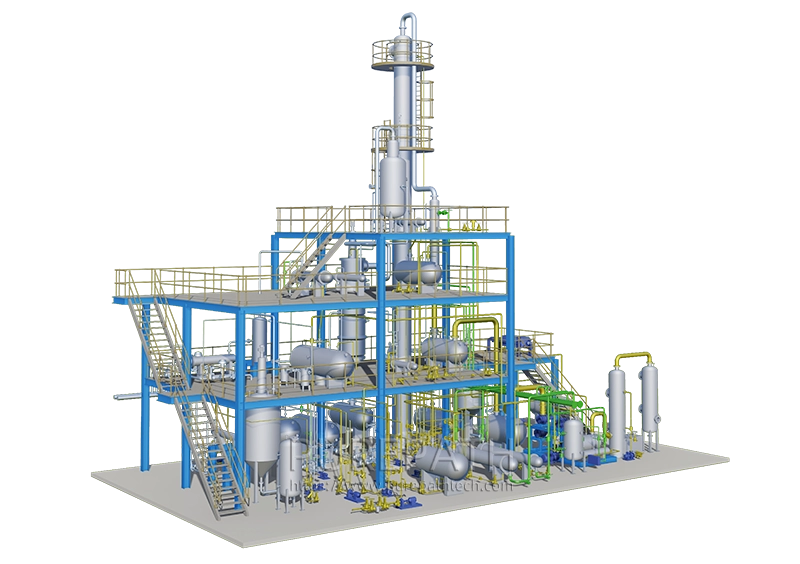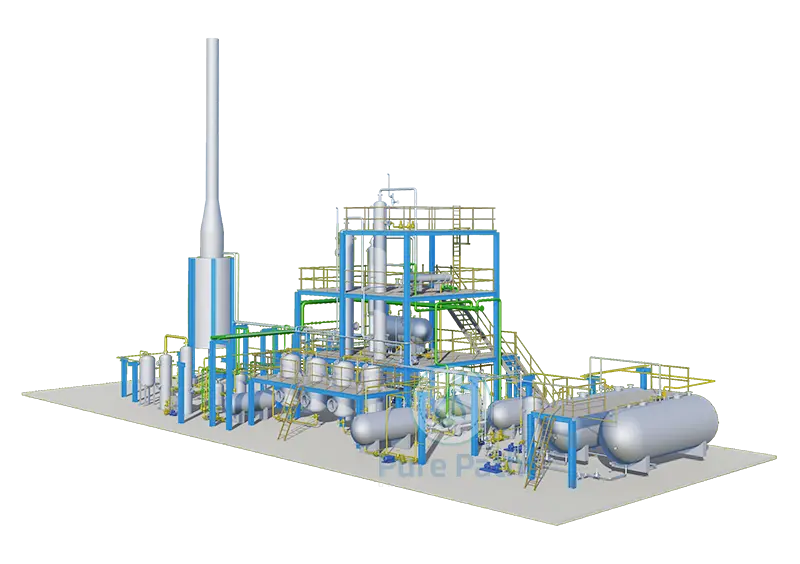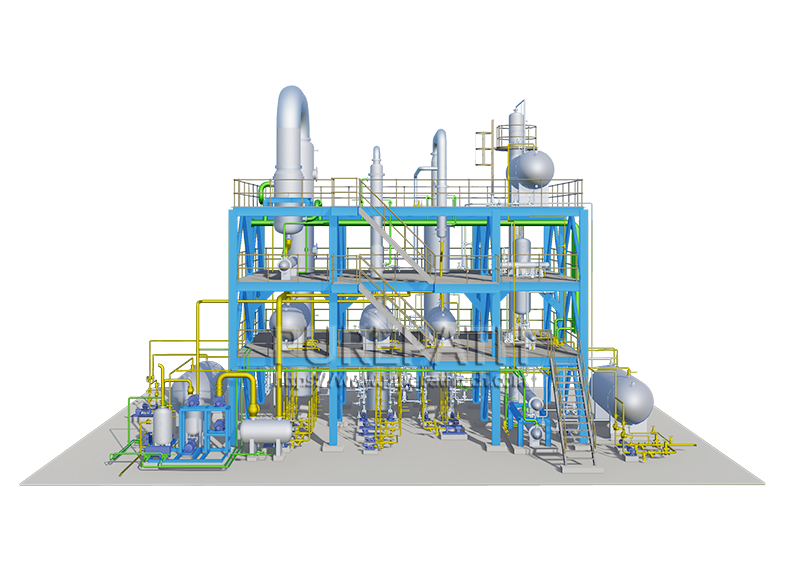Proper Disposal and Reuse of Waste Engine Oil Recycling
The relentless expansion of the automotive industry, characterized by a burgeoning number of motor vehicles, has precipitated a dramatic surge in the generation of waste engine oil. This substance, classified as hazardous waste, poses a significant threat to the environment if mishandled. Global statistics paint a stark picture, with tens of millions of tons of waste engine oil produced annually, a substantial portion of which fails to undergo effective recycling and treatment. Therefore, the imperative to explore and implement proper used engine oil disposal and recycling practices is not only an environmental necessity but also a crucial step towards achieving a sustainable circular economy. This article aims to provide a comprehensive overview of the hazards associated with waste engine oil, the current state of its handling, the available recycling and reuse technologies, and the measures required to minimize its generation, thereby fostering public awareness and promoting the healthy development of the waste oil recycling plant industry.
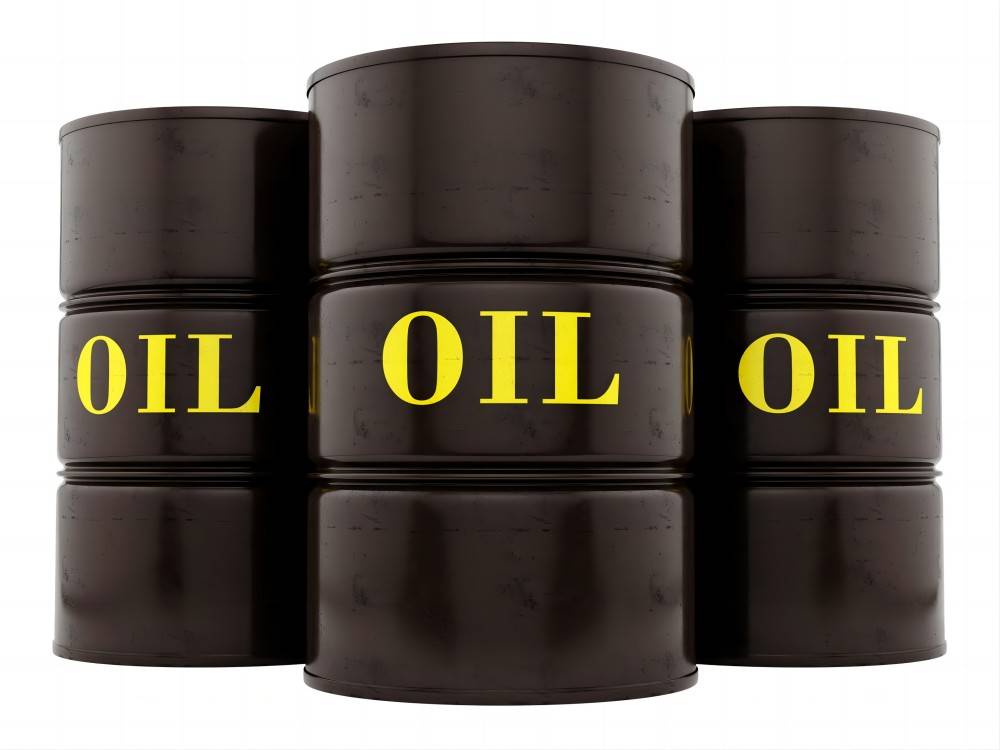
The Perils of Waste Engine Oil and the Current State of its Management
1. Environmental Hazards of Waste Engine Oil
Untreated waste engine oil inflicts multifaceted damage upon the ecosystem:
- Soil Contamination: When waste oil infiltrates soil, it resists degradation, disrupts soil structure, and impairs permeability and water retention, thereby hindering agricultural productivity.
- Water Pollution: A mere liter of waste oil can contaminate a million liters of water. Upon entering water bodies, it forms an oil slick that impedes oxygen exchange, leading to aquatic life mortality.
- Air Pollution: The uncontrolled combustion of waste oil releases harmful gases, including sulfur dioxide, nitrogen oxides, and polycyclic aromatic hydrocarbons, contributing to atmospheric pollution and respiratory ailments.
2. Inappropriate Used Engine Oil Disposal Practices and Their Repercussions
Despite growing awareness, improper disposal methods persist:
- Indiscriminate Dumping: Some individuals and businesses discharge waste oil into sewers, soil, or waterways, causing severe pollution.
- Illegal Incineration: The use of waste oil as fuel in unregulated combustion processes results in inefficient energy utilization and the release of toxic substances.
- Informal Recycling: Unauthorized workshops engage in substandard waste oil reprocessing, leading to environmental contamination and resource wastage.
3. The Present State and Challenges of Waste Engine Oil Recycling
While recycling infrastructure is improving, several challenges remain:
- Low Recycling Rates: Insufficient public awareness hampers recycling efforts.
- Prevalence of Illegal Recycling Channels: Unlicensed entities employing outdated techniques contribute to environmental degradation.
- Outdated Processing Technologies: Some regions still rely on outdated recycling methods, resulting in secondary pollution.

Proper Waste Engine Oil Disposal Procedures
1. Correct Disposal Methods for Individuals
Safe Storage:
- Pour the waste engine oil into a sealed container, such as a discarded oil barrel or plastic bottle. This prevents leakage and reduces the risk of environmental contamination.
- Ensure that the container is well-sealed to avoid any spills. A tightly – closed lid or cap can prevent the waste engine oil from seeping out during storage.
- Store the container in a cool, dry place away from fire sources. This helps to prevent potential fires and explosions caused by the flammable nature of waste engine oil.
Safe Transportation:
- During transportation, make sure the container is firmly fixed to prevent it from tipping over. Securing the container with straps or in a stable carrier can minimize the risk of spills during transit.
- Try to choose a short-distance transportation route to reduce the transportation risk. Shorter distances mean less time for potential accidents or leaks to occur.
Recycling Channels:
- Take the waste engine oil to a regular auto repair shop, recycling station, or gas station. These places usually have proper arrangements for waste engine oil collection and disposal.
- Check the information on waste engine oil recycling points published by the local environmental protection department. This ensures that the waste engine oil is disposed of through legal and proper channels.
2. Compliance Procedures for Businesses
Understand Policies and Regulations:
- Familiarize themselves with national and local laws and regulations regarding hazardous waste management. This includes understanding the legal requirements for waste engine oil collection, storage, transportation, and disposal.
- Be aware of the relevant standards and requirements for waste engine oil recycling, transportation, and treatment. Staying updated on these regulations helps enterprises avoid legal risks and ensure proper waste management.
Select Qualified Recycling Agencies:
- Choose a recycling enterprise with a hazardous waste business license. This license indicates that the enterprise has met the necessary legal and technical requirements for waste engine oil recycling.
- Verify the treatment capacity and technical level of the recycling enterprise. A reliable recycling partner should have advanced treatment technologies and sufficient capacity to handle the waste engine oil generated by the enterprise.
Establish a Ledger Record:
- Keep detailed records of the generation, storage, transportation, and treatment of waste engine oil. This record-keeping helps to track the flow of waste engine oil and ensure compliance with regulatory requirements.
- Retain relevant vouchers, such as recycling contracts and transportation documents. These vouchers serve as evidence of proper waste management and can be used for auditing and regulatory purposes.
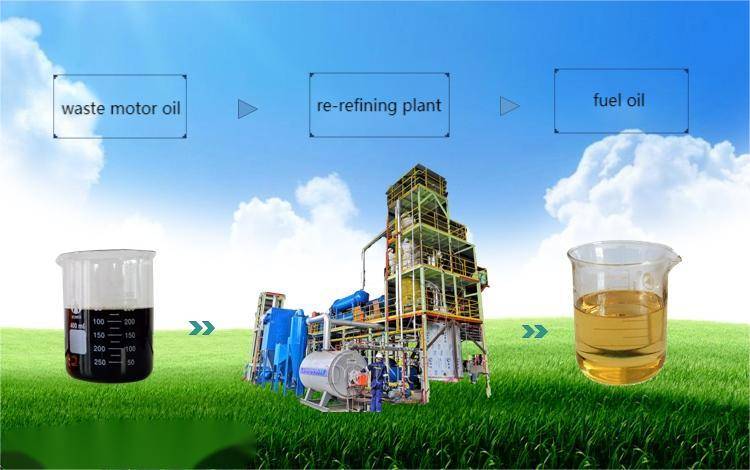
Waste Engine Oil Recycling and Reuse
1. Market Value of Recycled Waste Engine Oil
The price of waste engine oil recycling is influenced by various factors, such as the quality and quantity of the waste engine oil, as well as market demand. Higher-quality waste engine oil with less contamination may fetch a better price. Additionally, the quantity of waste engine oil available for recycling also affects the price. Larger volumes may result in more favorable pricing. Different recycling channels offer varying prices, with certified recyclers typically providing fair market rates.
2. Common Used Engine Oil Recycling Technologies
- Distillation: Heating and evaporating separates impurities and moisture from waste engine oil. The process involves heating the waste engine oil to a specific temperature range, where different components vaporize at different rates, allowing for the separation of clean oil fractions from contaminants.
- Hydrogenation: Hydrogen is used to react with harmful substances in waste engine oil, removing impurities. This chemical process can break down complex organic compounds and convert them into more stable and less harmful substances, improving the quality of the recycled oil.
- Solvent Extraction: Solvents are used to extract the base oil from waste engine oil. The solvent selectively dissolves the base oil, leaving behind impurities and other unwanted components, which can then be separated through filtration or other separation techniques.
3. Advanced Recycling Technologies
- Membrane Separation Technology: This technology uses the selective permeation of membranes to separate different components in waste engine oil. Membranes with specific pore sizes can allow certain molecules to pass through while retaining others, enabling the separation of clean oil from contaminants with high precision.
- Catalytic Cracking Technology: This technology deeply cracks waste engine oil, converting it into light fuels such as gasoline and diesel. Catalysts are used to accelerate the cracking reaction, breaking large-molecular-weight hydrocarbons in waste engine oil into smaller, more useful fuel molecules.
4. Recycled Products from Waste Engine Oil
- Recycled Lubricants: After regeneration treatment, waste engine oil can be reused for lubrication. The performance of recycled lubricants is comparable to that of new oil. Through proper refining and treatment processes, the recycled oil can meet the required quality standards for lubrication applications in various machinery and engines.
- Fuel Oil: Waste engine oil can be converted into fuel oil for use in industrial boilers, ships, etc. This conversion not only makes use of the energy content in waste engine oil but also reduces the demand for virgin fuel resources.
- Other Industrial Uses: Waste engine oil can also be used in the production of asphalt, waterproof materials, etc. Waste engine oil can be blended to improve the properties of asphalt, such as its flexibility and adhesion.
5. Environmental and Economic Benefits of Waste Oil Recycling
Waste engine oil reuse can significantly reduce environmental pollution and save resources. By recycling waste engine oil instead of discarding it, the amount of harmful substances released into the environment is greatly reduced. Moreover, the production of recycled products generally has a lower cost compared to producing new products from virgin materials, resulting in certain economic benefits. This win-win situation promotes the sustainable development of both the environment and the economy.
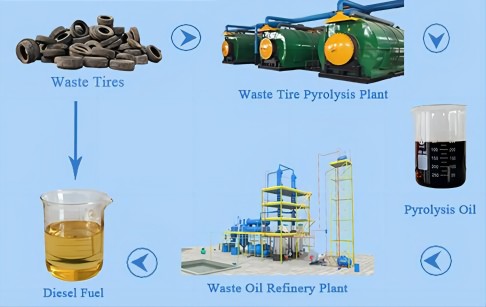
Measures to Reduce the Generation of Waste Engine Oil
1. Choose Environment-Friendly Engine Oil
Environment-friendly engine oil uses biodegradable base oils, which can reduce environmental pollution. When choosing engine oil, consumers should pay attention to environmental certifications such as API (American Petroleum Institute) or ACEA (European Automobile Manufacturers Association) certifications. These certifications indicate that the engine oil meets certain environmental and performance standards, and using such oils can help reduce the environmental impact when the oil becomes waste.
2. Extend the Service Life of Engine Oil
- Proper Auto Maintenance Habits: Avoiding frequent rapid acceleration and sudden braking can reduce the deterioration of engine oil. These aggressive driving behaviors put additional stress on the engine and cause the oil to degrade more quickly. By driving smoothly, the engine operates under more stable conditions, prolonging the life of the engine oil.
- Use High-Quality Oil Filters: High-quality oil filters can effectively filter out impurities, extending the service cycle of engine oil. A good oil filter can trap fine particles and contaminants, preventing them from circulating in the engine and reducing the rate at which the oil becomes contaminated.
3. Promote the Use of Electric Vehicles
Reducing the use of fuel-powered vehicles and promoting the use of electric vehicles is an effective way to reduce the generation of waste engine oil from the source. Electric vehicles do not require engine oil for operation, so increasing their popularity can significantly decrease the overall amount of waste engine oil generated. This is an important step towards achieving a greener and more sustainable environment.

Conclusion
Proper disposal and recycling of waste engine oil are critical for environmental protection and resource sustainability. By improving recycling systems, raising public awareness, and advancing oil regeneration technologies, we can significantly reduce pollution and enhance the efficiency of waste oil reuse.
In the future, the waste oil recycling industry will move towards greater efficiency and environmental friendliness, with intelligent recycling equipment and new catalyst technologies further increasing recycling rates. Governments, businesses, and individuals should work together to participate in waste oil recycling and protect the environment.


